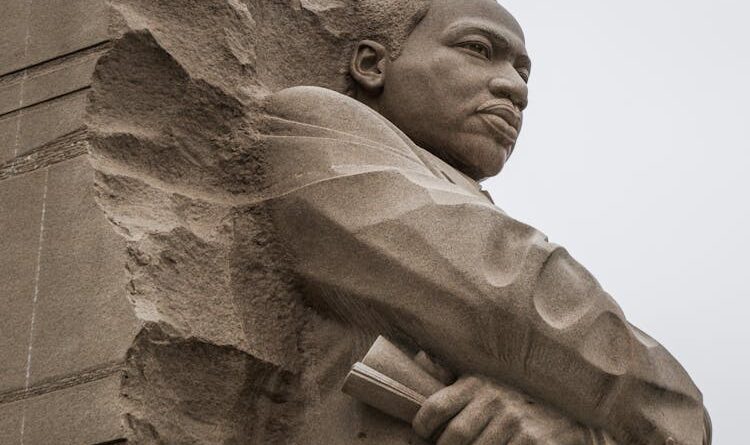Political Trends: What History Teaches Us
Have you ever wondered why political movements rise and fall? Or how past events shape todays political landscape? Understanding political trends helps us navigate our world. Lets explore what history has to teach us about politics.
Why Study Political Trends?
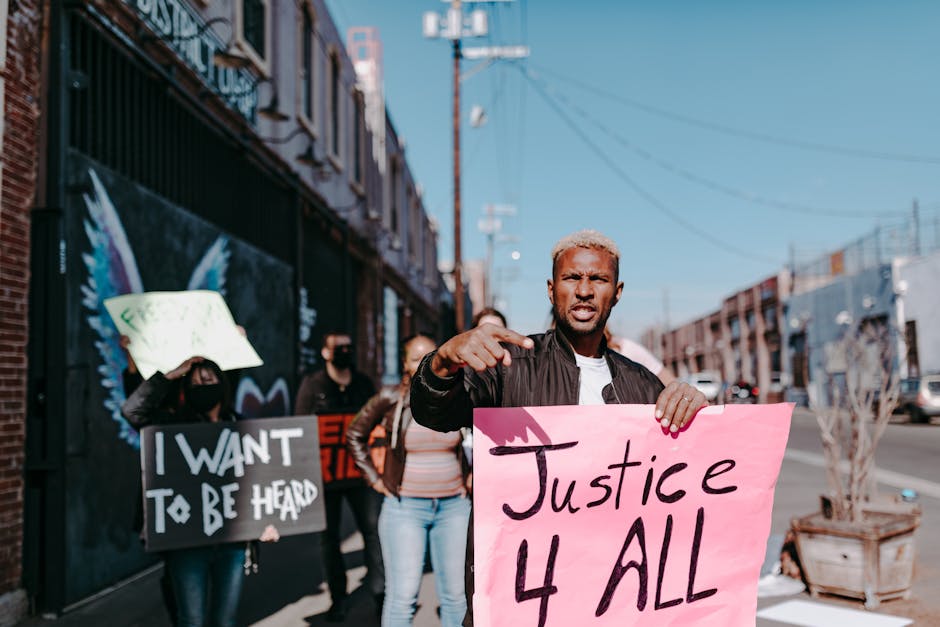
Political trends tell us about change. They show us what people care about and how societies evolve. When we look back in history, we can spot patterns. These patterns help us predict future events.
For instance, consider the Civil Rights Movement in the 1960s. It transformed American society. Many people united for equality. Today, discussions about racial justice continue to shape politics. This shows how past struggles influence current debates.
What Are Political Trends?
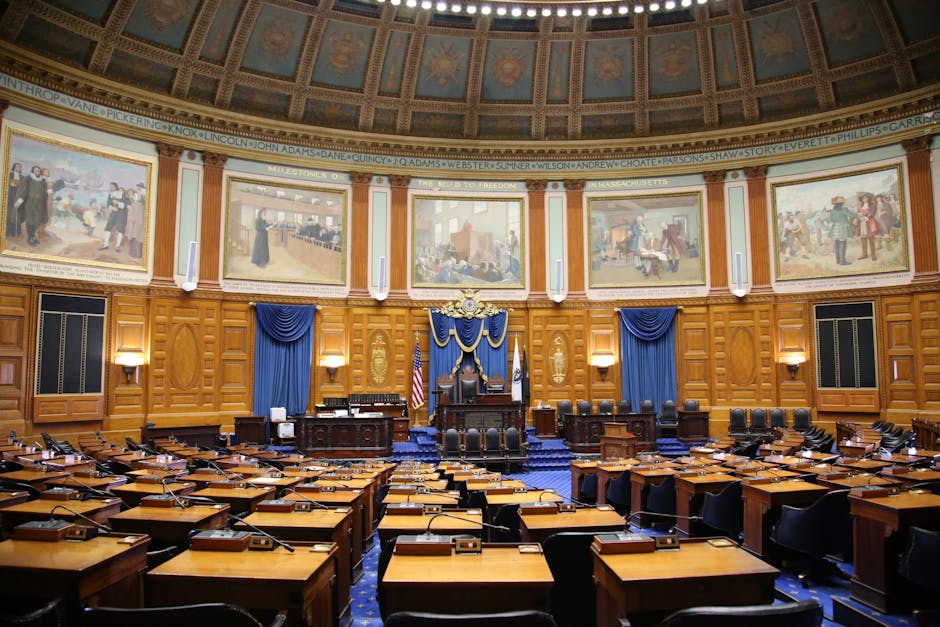
Political trends are shifts in public opinion or behavior. They can be big or small. Here are some key types:
- Voting Behavior: Changes in who votes and how they vote.
- Political Parties: Shifts in party strength or popularity.
- Public Issues: New topics that gain attention, like climate change.
Tracking these trends helps us understand what politicians focus on. It also explains why some policies succeed while others fail.
How Do Trends Develop?
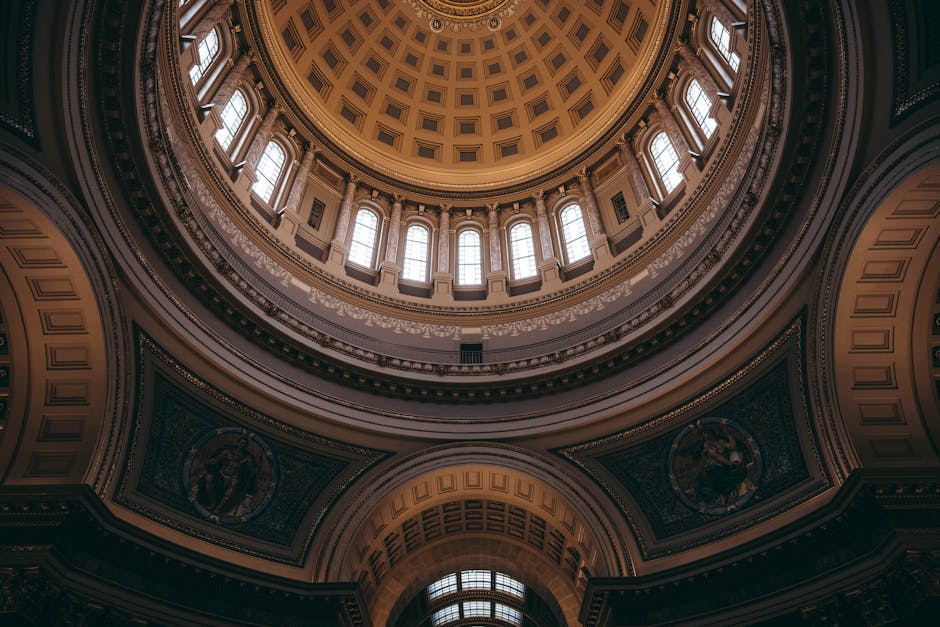
Trends develop from various sources. They often come from:
- Social Movements: Groups fighting for change, like womens rights or LGBTQ+ rights.
- Economic Conditions: Economic downturns can lead to political unrest.
- Technology: The rise of social media has changed how political campaigns run.
For example, during economic crises, people may turn to new parties or ideas. They seek solutions. This quest for change often brings new leaders to the forefront.
What Can History Teach Us?
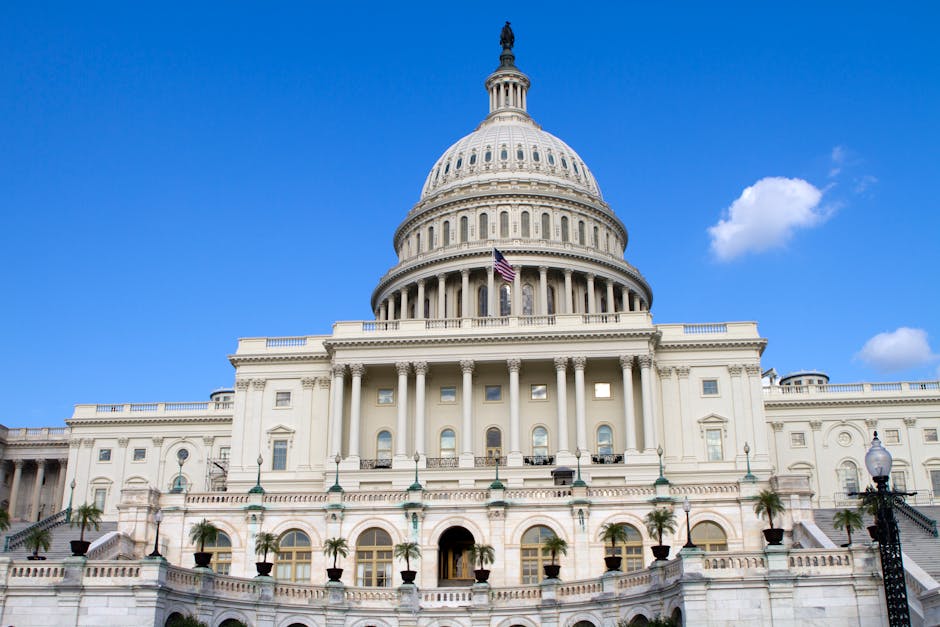
Looking back at history, we can identify several key lessons. Lets dive into some important insights.
1. Change is Constant
History shows us that political change is inevitable. No regime lasts forever. For example, the fall of the Berlin Wall in 1989 marked the end of an era. It spurred changes across Europe.
Politicians must adapt to survive. Those who resist change often face consequences. An example is the Arab Spring. People demanded change and challenged long-standing regimes.
2. The Power of Grassroots Movements
Grassroots movements often bring big changes. They start small, with ordinary people rallying for a cause. Think of the Womens March. It began with a few but grew into a global event.
These movements can sway elections and policies. They remind us that everyone can make a difference.
3. The Role of Media
Media plays a crucial role in shaping political trends. In the 24/7 news cycle, information spreads quickly. Social media amplifies messages, making them viral.
Consider the Ice Bucket Challenge. It raised awareness for ALS and sparked discussions. Politicians and celebrities joined in, showcasing how media can drive political conversations.
4. Economic Factors Matter
Economics often shapes political landscapes. A strong economy can boost incumbents. Conversely, economic hardship can lead to backlash.
Look at the Great Depression. It led to the New Deal and major shifts in American politics. Today, issues like inflation and job loss continue to influence elections.
What Are Some Current Political Trends?
Now, let’s explore some trends shaping today’s political scene.
1. Populism
Populism continues to rise worldwide. Leaders claim to represent the “common people.” They often challenge the elites. This trend can be seen in various countries, from the United States to Brazil.
Populist leaders often focus on nationalism. They use emotional rhetoric to connect with citizens. This can be both empowering and divisive.
2. Climate Activism
Climate change is more than an environmental issue. It’s a political one too. Young activists are rallying for urgent action. Movements like Fridays for Future highlight the urgency.
Politicians are paying attention. Many now include climate policies in their platforms. This trend shows how the younger generation influences political priorities.
3. Technology and Politics
The role of technology is growing. Politicians use social media to reach voters directly. Campaigns now rely on data analytics to target audiences.
However, this brings challenges. Misinformation spreads quickly online. Voters must be informed and critical of what they see.
What Role Do Voters Play?
Voters are central to political trends. Their choices shape elections and policies. But how can they make informed decisions?
1. Stay Informed
Knowledge is power. Voters should seek reliable sources. This means reading news from various perspectives and checking facts.
2. Engage in Discussions
Talking about politics with friends and family can spark awareness. It can also help clarify different viewpoints. Open dialogue encourages understanding.
3. Vote
Voting is one of the most impactful ways to influence politics. Every election matters, local or national. Participating in elections sends a message about what citizens value.
How Can History Shape Our Future?
History is not just a record of past events. it’s a guide. By learning from past political trends, we can make better choices today.
As we look ahead, lets keep the following in mind:
- Be aware of rising movements.
- Understand the impact of economic conditions.
- Recognize the role of media in shaping opinions.
Education is key. The more we understand history, the better equipped we are to tackle modern issues.
Conclusion: what’s Next?
Political trends reveal the ebb and flow of society. Understanding them is essential for active citizenship. As we face new challenges, lets draw from the lessons of history.
Engage in discussions, vote, and stay informed. Every action matters. Together, we can shape a brighter political future.
For more insights, consider reading the History of the Civil Rights Movement.
